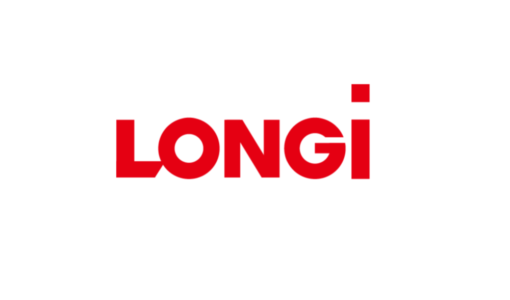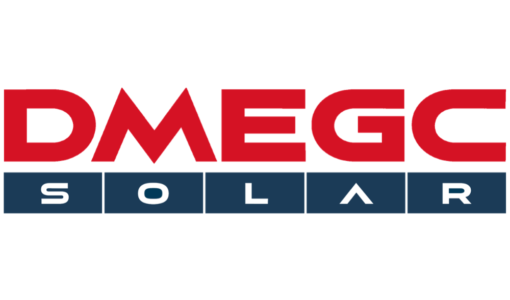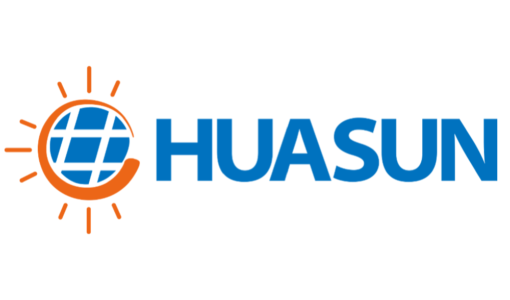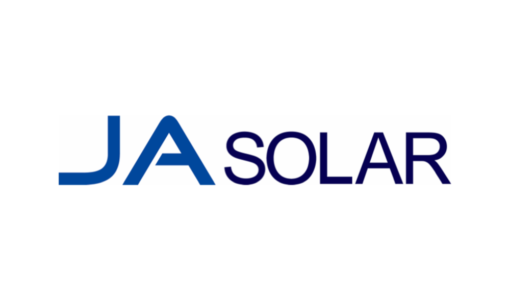- EVA has again been the predominant material of choice for encapsulation application with a market share of 70% in 2019
- A modified version of EVA - white EVA – comes with a promise of improving optical gains of the module gaining popularity with an estimated share of 15%
- Addressing shortcomings of EVA, polyolefins becoming an effective alternate to EVA in bifacial modules with a share of 10%
- Coextruded EVA-POE-EVA encapsulation solution yet another interesting encapsulation structure that is gaining market shares
Among the polymer wraps used in module making, the encapsulation segment is quite limited in terms of choices among the polymer selection. EVA has been the predominant choice of encapsulation materials. While there were several other products introduced to the market at some point, such as PVB, TPU and silicones, they have remained niche applications as none of them could match the outstanding cost performance ratio of EVA.
While EVA has fundamentally been a transparent material, it has been tweaked to be white in order to improve the optical gains of the module with increased reflections from cell gaps. However, EVA also has some limitations, prominently seen in the glass-glass structure of bifacial modules.
With increased demand and deployment, bifacial technology has created a space for alternative encapsulants – and polyolefin captured this privileged space. However, since the raw materials for production of polyolefins are currently imported, the cost of polyolefin is higher. To save on costs, some companies are using only one film of polyolefin on the rear side and EVA on the front. Initially, in order to contain costs, leading encapsulation suppliers came out with a coextruded structure of encapsulant consisting of polyolefin and EVA. While cost savings are not significant, the coextruded structure addresses some of the shortcomings of the polyolefins.
According to our research, the encapsulation segment is still dominated by the transparent EVA, which had a share of about 70% share in 2019. In contrast to 2018, white EVA managed to secure a prominent 15% market share last year. Out of the remaining 15% of the market, pure polyolefin films have an absolute 10% share, while the coextruded products reached close to 5%.
For detailed information on the encapsulation market please download our TaiyangNews Market Survey on Backsheet and Encapsulation 2020 for free here.
Our survey was launched during the TaiyangNews Reliable Module Design Conference (with recordings available on Youtube), where TaiyangNews presented its survey results and HiUV Vice-President Technology Colin Quan discussed about various solar encapsulants, Click here to access the video presentation of Colin Quan.












